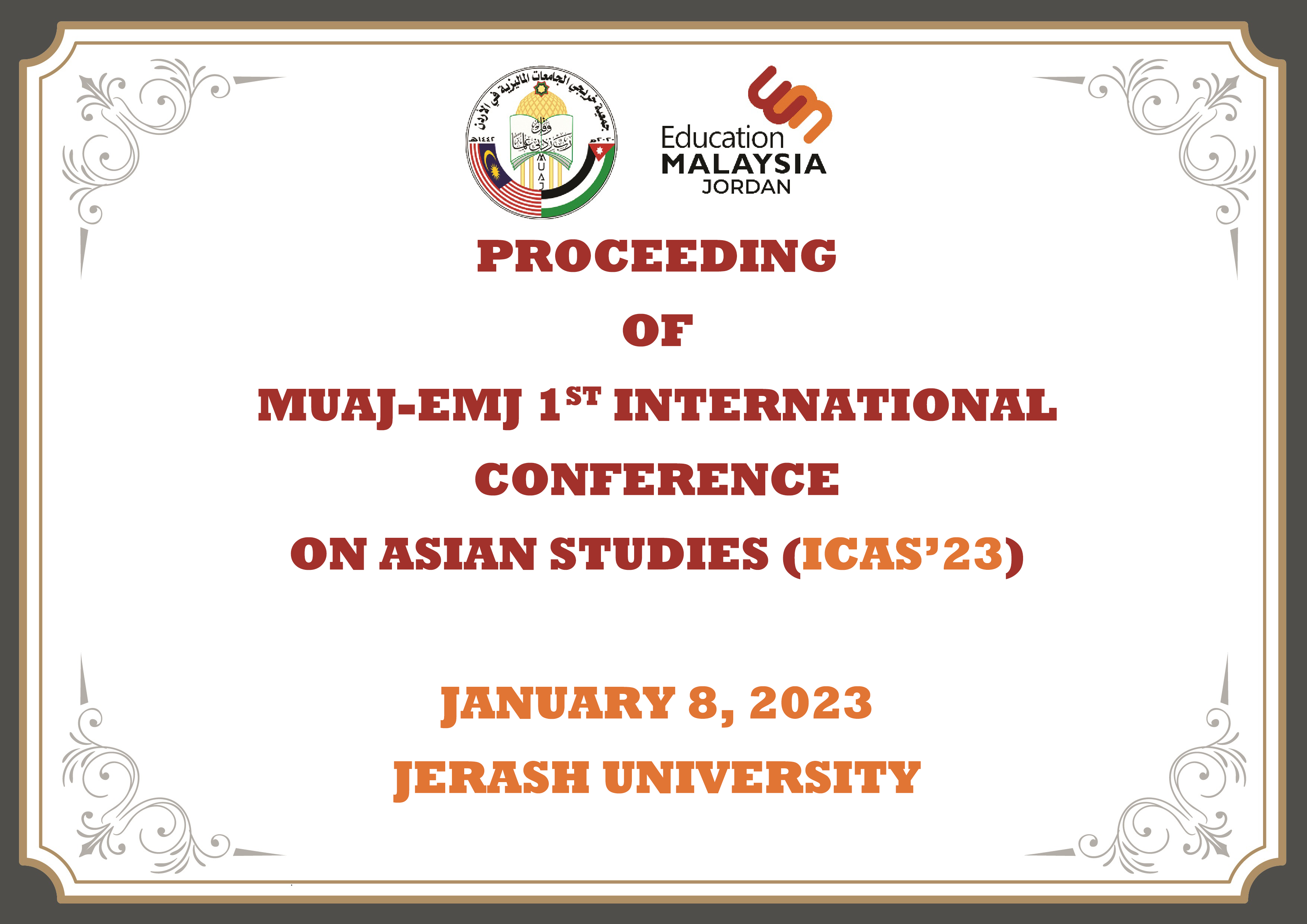Biomass Derived Porous Carbon for Carbon Dioxide (CO2) Capture
Abstract
Carbon Dioxide (CO2) adsorption and/or reduction technologies have attracted interest because they would reduce CO2 emissions to the atmosphere while conducting various industrial activities and continuing to use fossil fuels. Various technologies which produce less CO2 or promote its utilisation are under research and development. Solid physical adsorbents like e.g. activated carbon, zeolite and metal-organic frameworks offer significant advantages in terms of energy efficiency compared with chemical and physical absorption approaches. Carbonaceous materials produce activated carbons which are especially attractive due to their moderate heats of sorption, inexpensive preparation and they are not as sensitive to water vapour as the other CO2-philic materials. Research in Universiti Malaysia Perlis (UniMAP) is focusing on the preparation, characterization and evaluation of agricultural waste- based activated carbon using conventional heating in a horizontal tube furnace. However, and based on the scientific literature, activated carbons’ microspores developed from microwave technique indicate a more open structure, round shape, uniform sizes and quite clean as compared to conventional pyrolysis method. The characteristics of the activated carbon prepared were investigated which include the surface morphologies, specific surface area, pore structure, iodine adsorption, and surface functional groups. The prepared activated carbon was then modified with amine-based chemical impregnation to improve its adsorption capability and selectivity to adsorb CO2. The performance of the activated carbon on CO2 adsorption was obtained through breakthrough time curve and adsorption bed capacity. The research is attained to give positives impact and benefits to the society especially on the awareness of GHG and CO2 mitigation.

